
6 Essential Tips for Using Outdoor Pathway Lights: A Complete Guide for Better Illumination
Share
Table of Contents
- Choosing the Right Type of Outdoor Pathway Lights
- How Many Lumens Do I Need for an Outdoor Walkway?
- How Tall Should Outdoor Pathway Lights Be?
- How to Position Your Pathway Lights for Maximum Effect
- Using Outdoor Pathway Lights for Safety and Security
- Energy Efficiency and Durability of Outdoor Pathway Lights
- FAQ
1. Choosing the Right Type of Outdoor Pathway Lights
LED Outdoor Solar Light For Garden Landscape Lighting With Circle Shadow, Waterproof
When it comes to outdoor pathway lights, the first decision you need to make is which type to choose. There are several options available, and each has its benefits depending on your specific needs.
- Solar Pathway Lights: These are an energy-efficient choice that doesn’t require wiring. They are powered by the sun, making them ideal for areas with abundant sunlight. However, they may not be as bright as other options, and their performance can vary depending on the weather and season.
- LED Pathway Lights: Known for their energy efficiency, long lifespan, and brightness, LED lights are a popular choice. They consume minimal power, produce a bright light, and are available in various styles. LEDs work well for homeowners who want consistent lighting throughout the year.
- Low-Voltage Pathway Lights: These require a transformer to reduce standard electricity to a safer, lower voltage. While they are more complex to install than solar lights, they offer a greater range of brightness and longer lifespan compared to solar-powered lights.
- Incandescent Pathway Lights: These are traditional bulbs that give off a warm, yellow glow. While they look great and can add a classic feel to your garden or walkway, they are less energy-efficient and need more maintenance than LEDs or solar lights.
Each type of light has its pros and cons, so consider your needs for brightness, energy efficiency, and installation complexity before deciding.
2. How Many Lumens Do I Need for an Outdoor Walkway?
Lumens measure the brightness of light, and understanding how many lumens you need for your outdoor walkway is crucial for ensuring safety, visibility, and aesthetics.
- General Rule of Thumb: For a pathway, you'll need around 50 to 100 lumens per light. This provides enough light to safely illuminate the path without being overly bright or intrusive.
- Walkway with Obstacles or Turns: If your walkway is winding or has obstacles like steps, you might need 100 to 150 lumens per light to ensure those areas are properly lit for safe navigation.
- Larger Areas or Driveways: For wider walkways or areas like driveways, you may want lights with 200 to 300 lumens to illuminate the space without leaving dark spots.
Tip: To get the best balance, use a combination of brighter lights for key areas and lower-lumen lights along the rest of the path. You can always install dimmers or motion sensors for added control.
Further Reading:
3. How Tall Should Outdoor Pathway Lights Be?
Solar Dandelion Flower Lights Outdoor Waterproof LED Pathway Lights
The height of your outdoor pathway lights can significantly affect their functionality and aesthetic. Here are some guidelines on how tall pathway lights should be:
-
Standard Height for Pathway Lights: Typically, outdoor pathway lights should stand between 24 to 36 inches tall. This height allows the light to illuminate the ground without being too bright for the eyes. It also ensures they are high enough to avoid tripping hazards.
- Shorter Lights for Lower Paths: If your path is narrow or you're using lights for purely decorative purposes, consider shorter lights around 18 inches in height. These are perfect for illuminating garden borders or flower beds without casting harsh shadows.
- Taller Lights for Wider Paths or Driveways: If you're lighting a wider path or driveway, you may want lights that are taller, around 48 inches. These will provide broader coverage and greater brightness, especially if the area needs enhanced security lighting.
4. How to Position Your Pathway Lights for Maximum Effect
Where you place your outdoor pathway lights is just as important as the type and brightness. Proper placement ensures effective lighting and an aesthetically pleasing result.
- Even Spacing: Space your pathway lights about 6 to 8 feet apart for even coverage. If the path is winding, adjust the spacing to follow the shape of the path. This creates a consistent flow of light, enhancing safety and appearance.
- Avoid Glare: Position the lights so that they shine downward and not directly into people's eyes. This can be done by angling the lights or choosing fixtures with shades that direct light toward the ground.
- Highlight Key Features: Use pathway lights to accentuate focal points like garden features, sculptures, or plants. You can place them near trees or along walls to create depth and highlight the landscape.
5. Using Outdoor Pathway Lights for Safety and Security
Outdoor pathway lights are not just for aesthetics—they also play an essential role in ensuring safety and security.
- Improved Visibility: Lighting your path can prevent accidents, such as tripping or stumbling, by making steps, curbs, and obstacles more visible, especially in low light.
- Enhanced Security: Motion-sensor pathway lights are a great way to deter intruders. They automatically light up when movement is detected, alerting you to activity along the path. Installing them near gates, doors, or dark corners adds an extra layer of security.
- Avoid Dark Spots: Dark areas along walkways or in front of doors provide cover for burglars. Pathway lights ensure that there are no shadowy spots where unwanted guests can hide.
6. Energy Efficiency and Durability of Outdoor Pathway Lights
LED Outdoor Solar Firework Light With IP65 Waterproof
Choosing energy-efficient and durable lights will save you money and ensure that your pathway lights last through various weather conditions.
- LED Lights: As mentioned earlier, LED lights are the most energy-efficient choice. They use up to 80% less energy than incandescent bulbs and have a lifespan of up to 50,000 hours. This makes them an excellent investment for long-term savings.
- Solar Pathway Lights: These lights harness the sun's energy, making them incredibly eco-friendly. However, they are best for areas with plenty of sunlight, as cloudy weather can affect their performance.
- Weather-Resistant Materials: Look for lights made from materials like stainless steel, aluminum, or weather-resistant plastic to ensure that they can withstand rain, snow, and other outdoor conditions. This increases the durability of your lights, reducing the need for frequent replacements.
FAQ
1. What type of lighting is best for walkways?
For walkways, LED or solar lights are best, as they offer energy efficiency, durability, and sufficient brightness for safe navigation.
2. How do I install outdoor pathway lights?
To install outdoor pathway lights, mark the locations where you want the lights to go, dig holes if necessary, and ensure that the lights are securely placed in the ground. For solar lights, ensure they are positioned where they can receive direct sunlight.
3. How many pathway lights do I need?
The number of lights you need depends on the size of the walkway. Typically, lights should be spaced about 6 to 8 feet apart. Use fewer lights for a narrow path and more for wider areas.
4. What is the best material for outdoor pathway lights?
Materials like stainless steel, aluminum, and weather-resistant plastic are ideal for outdoor pathway lights due to their durability and resistance to harsh weather conditions.
5. Can I use pathway lights on my driveway?
Yes, you can use pathway lights on driveways. Choose lights with higher lumens (about 200-300 lumens) and place them farther apart to provide adequate illumination for vehicles and pedestrians.
Related Articles:





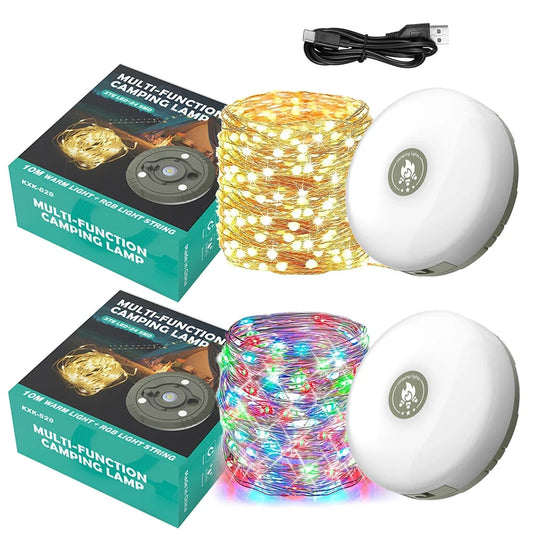

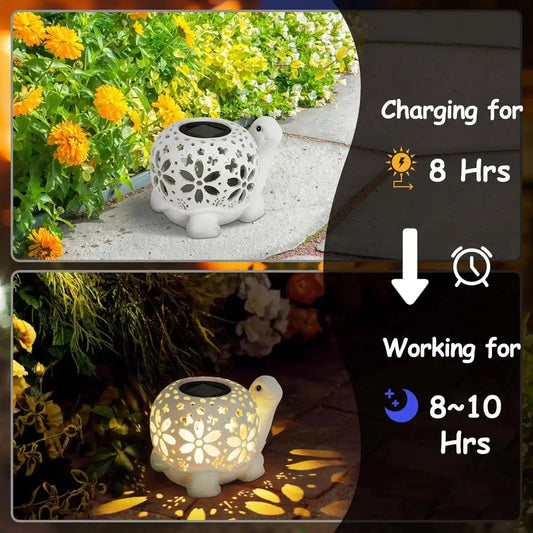



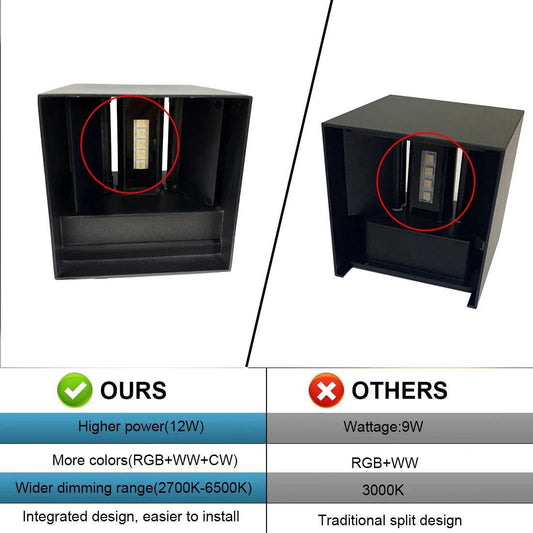

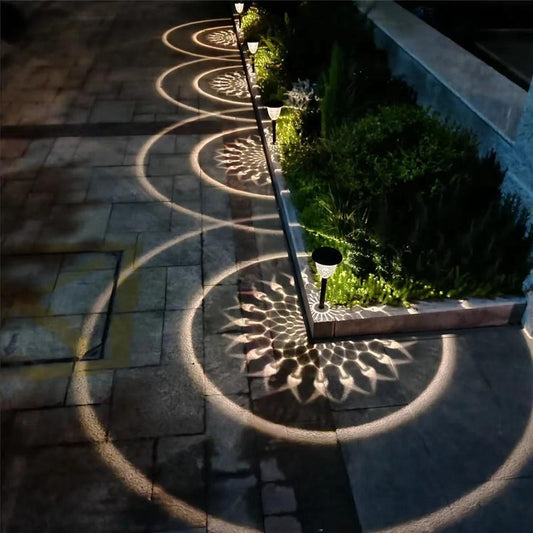

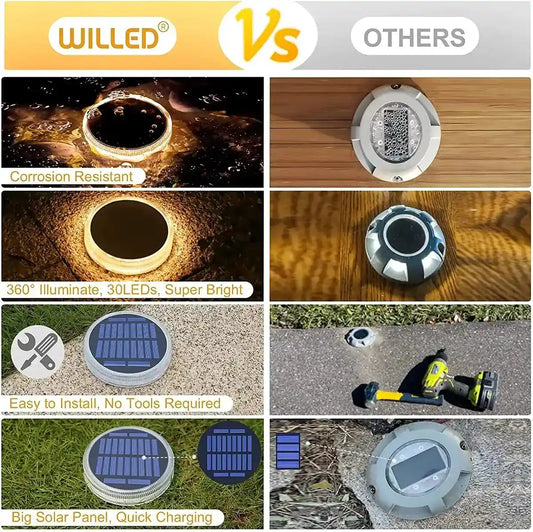



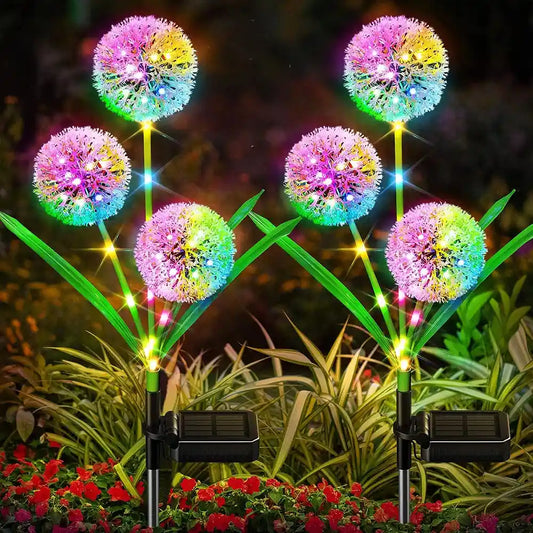

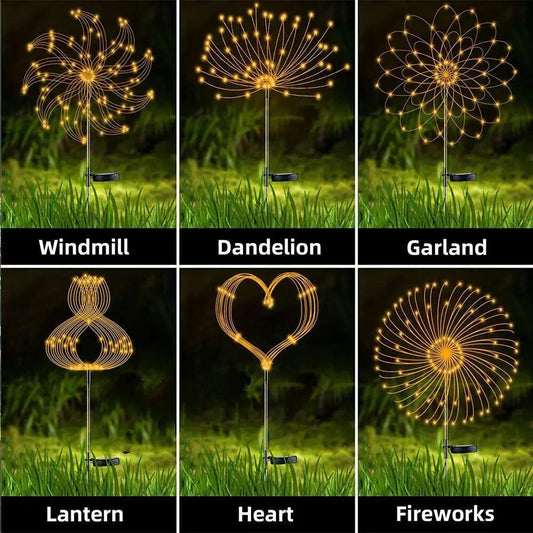





 />
/>
 />
/>
 />
/>
 />
/>
 />
/>
 />
/>